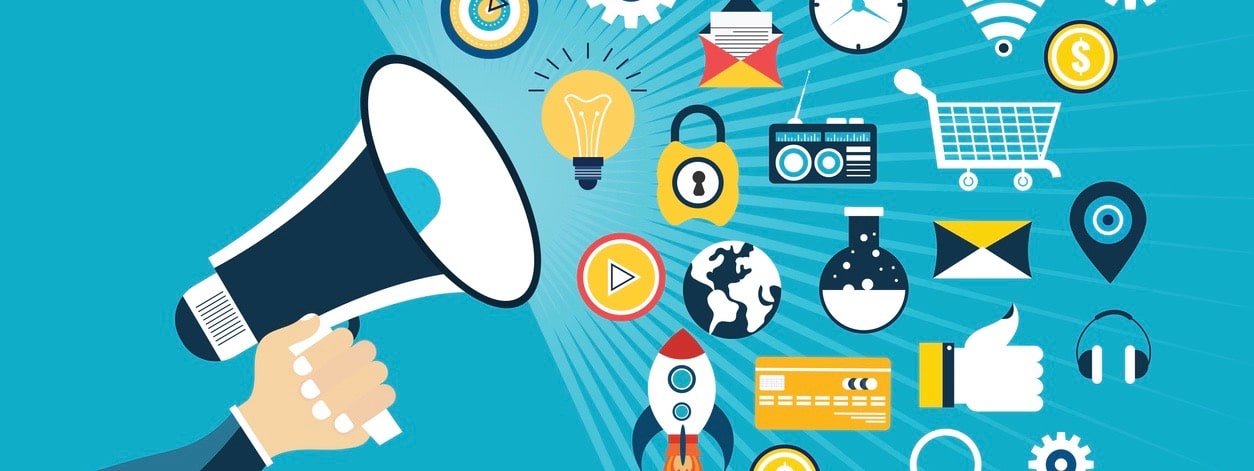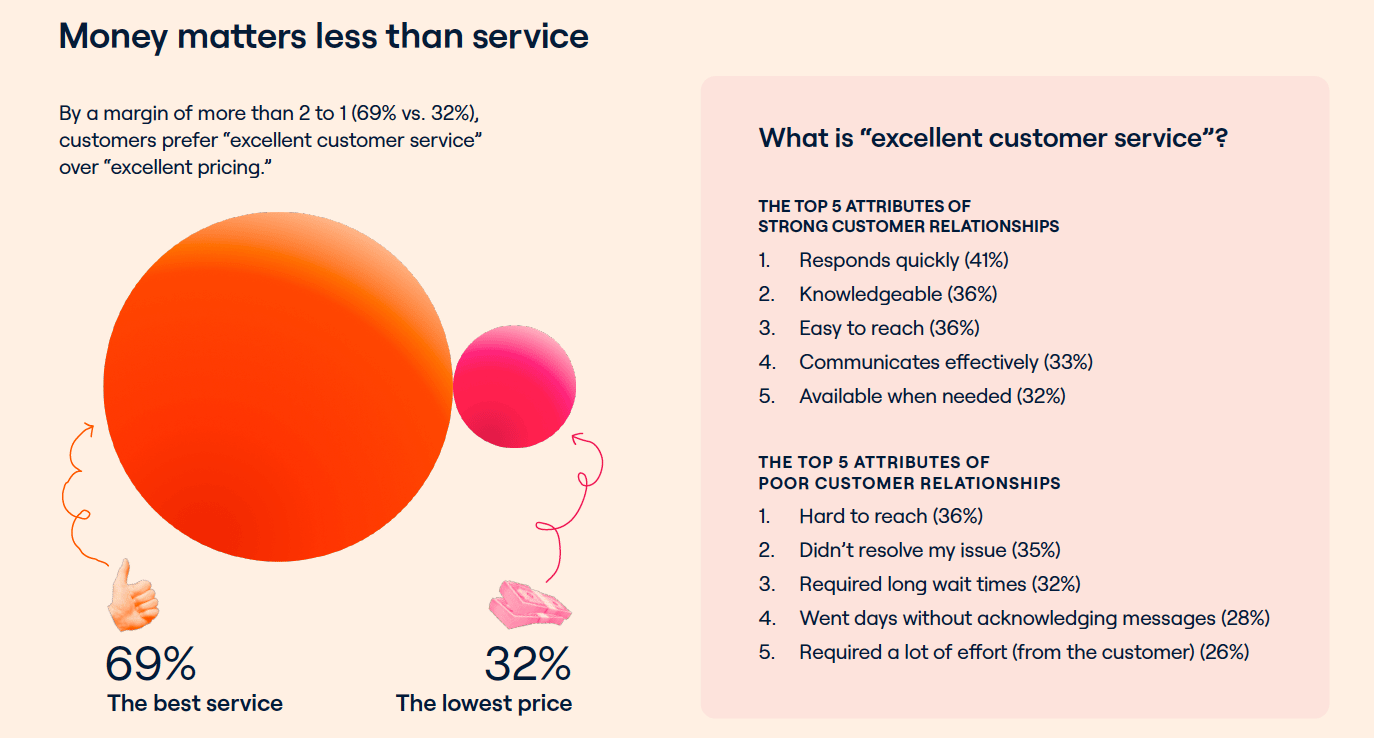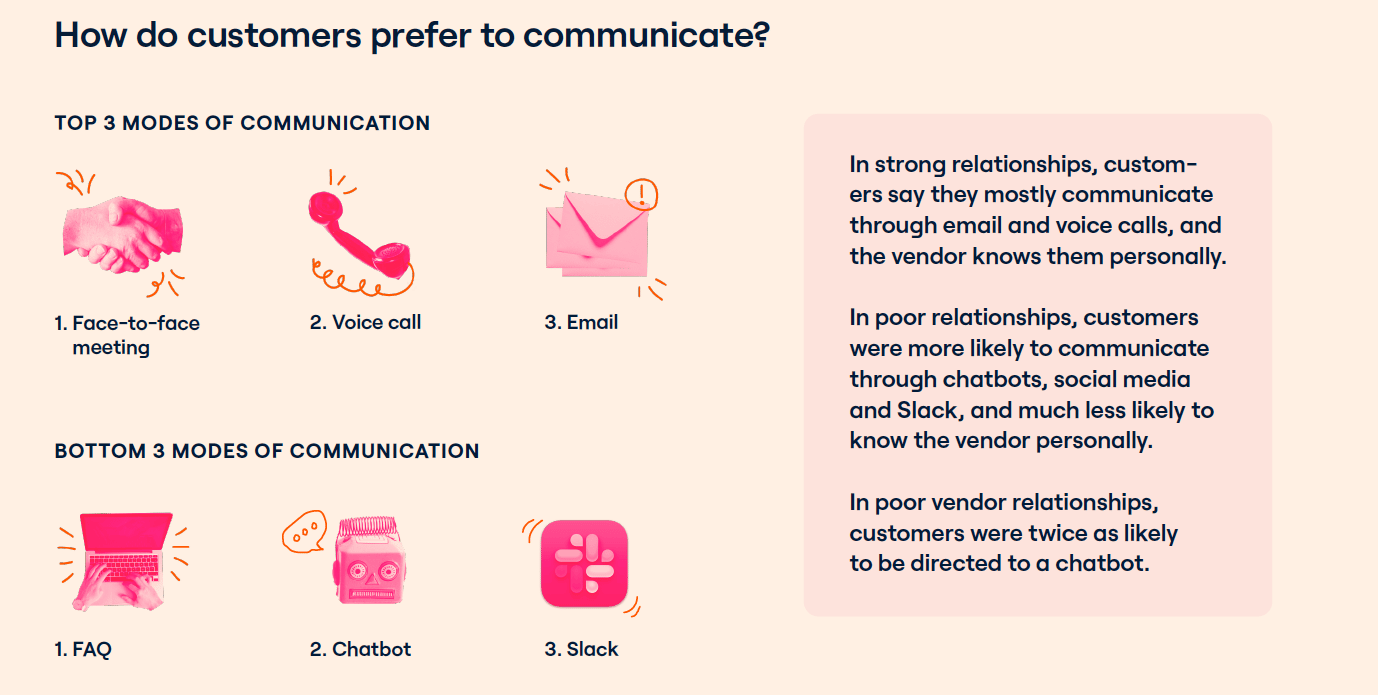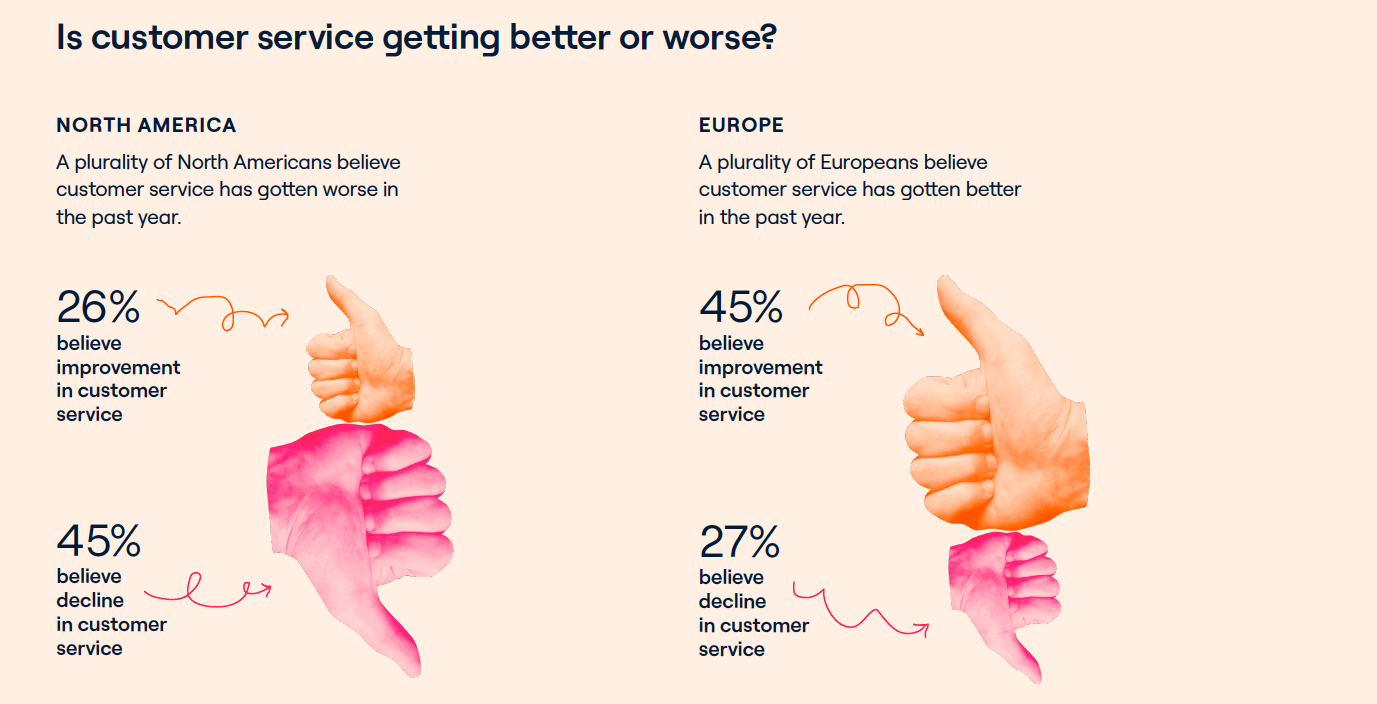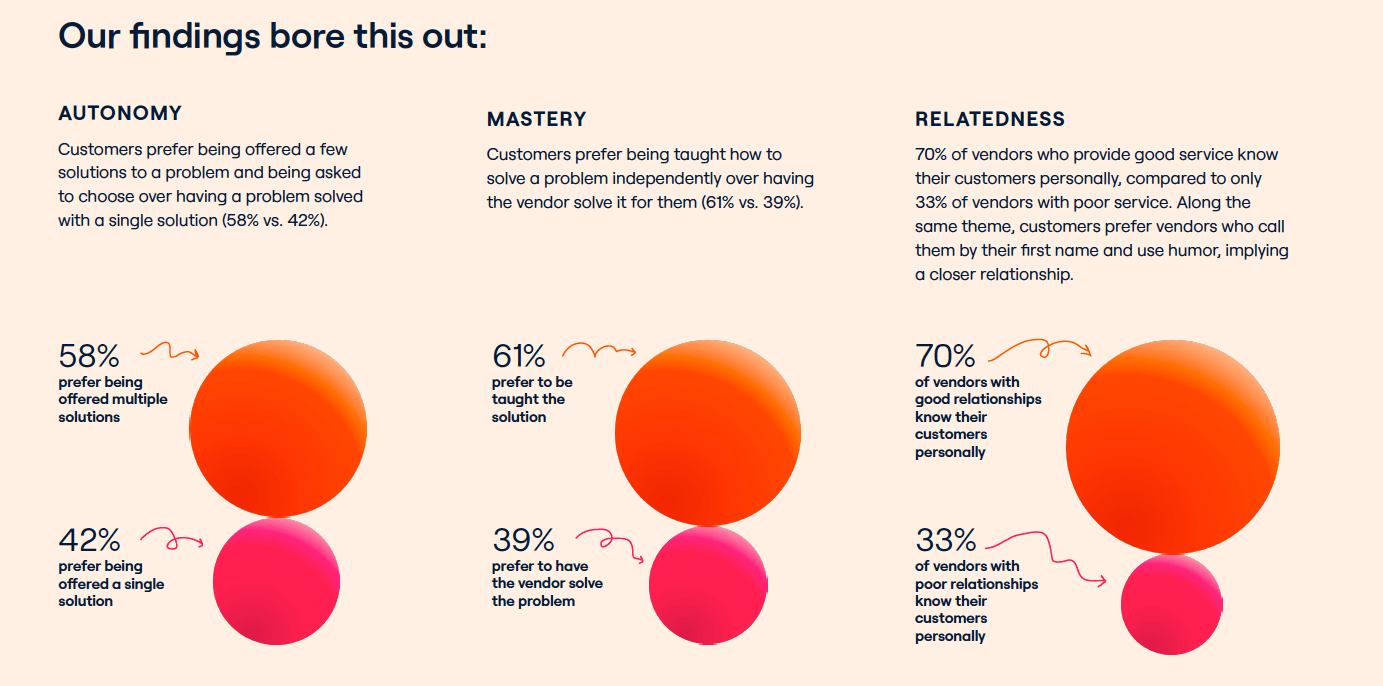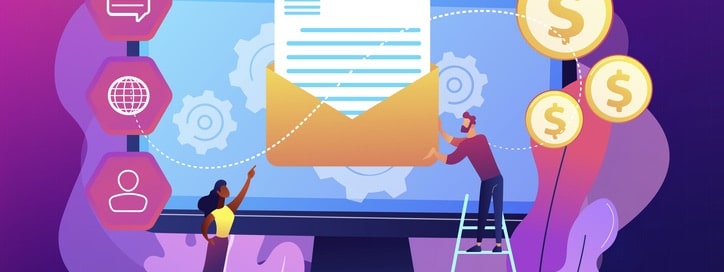New research from customer relationships communication hub Front suggests that conventional wisdom is outdated: the most important thing in business isn’t time or money, it’s human connections. The firm’s new report, The Science Behind Strong Customer Relationships, in partnership with Dr. Ron Friedman, social psychologist and founder of science-focused research firm ignite80, takes a methodical look at how businesses build relationships and trust in a customer/vendor relationship.
Among the key findings is the assertion that despite companies increasingly funneling customer communications into digital channels, customers actually prefer human interactions—and are willing to make sacrifices for them. This research shows that 74 percent of the people surveyed would rather spend twice as much time interacting with humans than to work with a chatbot, even if the chatbot solves their problems in half the time. It also shows that service is a more important factor in buying decisions than price by a margin of more than two to one.
“Business leaders often assume that customers are strictly focused on saving time and money. The findings of this study suggest that’s not the case,” said Friedman, in a news release. “Decades of research tell us that people are naturally drawn to experiences that fuel their psychological needs for relatedness, mastery, and autonomy. Automated chatbots make it hard for customers to experience these needs—which is why most customers would willingly sacrifice time to avoid using them. Fueling customers’ psychological needs is a powerful and cost-effective strategy for building customer satisfaction, loyalty, and retention.”
Key findings from the report include:
The economic downturn has made excellent customer service non-negotiable
Customers don’t have sympathy for challenges businesses face in today’s environment: 58 percent are unwilling to be more patient with customer service constraints during a downturn. However, customers still notice changes in attentiveness during a tough time—most respondents (56 percent) agree that when the economy slows, customer service deteriorates. In a downturn, it’s especially important for businesses to weigh customer perceptions against their own cost-savings measures.
Chatbots are harming customer experiences
The top three channels of communication associated with strong customer relationships are voice calls, face-to-face meetings, and email. Customers prefer waiting twice as long to solve a problem with a human over having a chatbot solve it in half the time (by a wide margin of 74 percent to 26 percent). This is especially true of older customers: baby boomers overwhelmingly prefer waiting to connect with a human by a margin of 88 percent to 12 percent.
Customers prefer communicating with a human because they believe it produces quicker, more accurate responses and makes it easier for them to explain their unique situation. In contrast, chatbots and FAQs put customers off because they find it hard to get relevant information, and it takes too long to reach a resolution.
Niche communication channels are associated with weaker customer relationships
In strong vendor relationships, email is used 67 percent of the time and voice is used 63 percent. When these channels are the dominant ones, 70 percent of respondents agree that the vendor knows them personally. In contrast, poor vendor relationships were more likely communicating across channels such as chatbots, social media, and Slack. Only 33 percent of respondents agreed that the vendors where these channels were dominant knew them personally.
Younger generations are actually more patient than older generations
Despite the commonly-held assumption that younger generations have shorter attention spans, this report found that they actually show greater patience when it comes to customer service. Gen Z is willing to wait the length of a movie (2 hours and 14 minutes) for a phone call with a human, while baby boomers will only wait the time it takes to boil an egg (8 minutes). While Gen Z is willing to wait half a day for an email response, baby boomers will only wait two hours.
The hallmarks of strong customer service differ between the US and EMEA
In addition to dispelling conventional wisdom about customer service, the report found US and EMEA have different expectations: within strong vendor relationships, Americans and UK respondents most often communicate with vendors using email, while Europeans use voice calls. US customers also have a lower threshold when it comes to long wait times; American customers expect phone hold times no longer than 10 minutes, while Europeans believe 30 minutes is reasonable. For that personal touch, respondents in the US, UK, Italy and Spain prefer that vendors address them by their first name. In contrast, German and French respondents prefer being addressed by their last name.
Download the full report here.
Front and ignite80 conducted a quantitative survey in late July 2022 of 2,128 white-collar office workers—1,000 based in the United States and 1,000 based across the United Kingdom, Italy, Spain, Germany, and France. The sample included participants between the ages of 21 and 70 spanning more than 12 industries with titles ranging from Associate to President, CEO, and Owner. All respondents were customers who dealt with at least one vendor as part of their day-to-day jobs. They completed 53 multiple choice questions on a variety of workplace topics.

